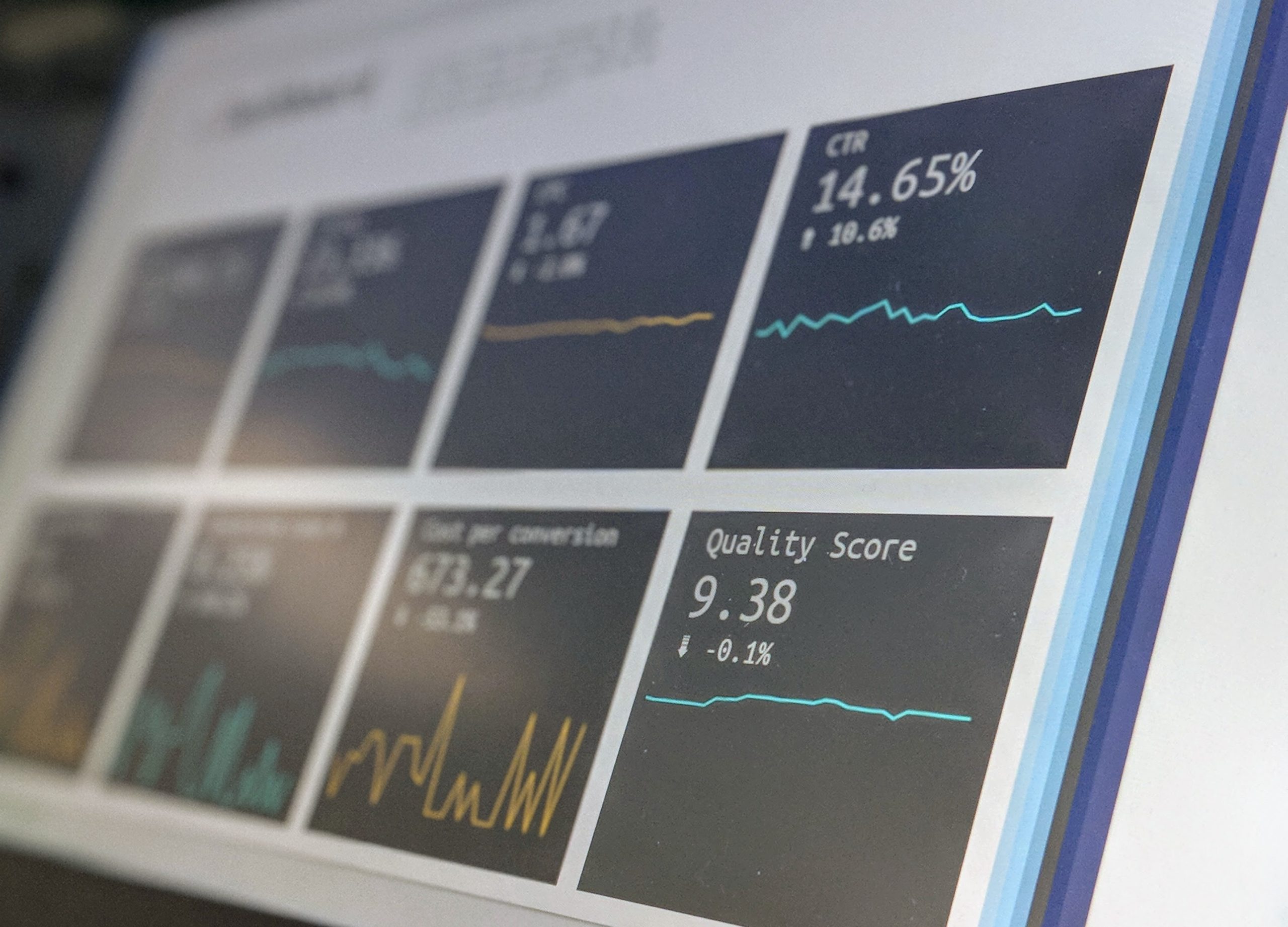Most companies build a resilient system capable of constantly supporting their revenue-generating web applications. However, unforeseen circumstances can occur at any time and cause downtime, making a website unavailable for end users. To ensure a reliable website, it’s important to monitor its availability and performance. Reducing a website’s load time is one of the best ways to provide a seamless user experience.
With comprehensive website monitoring tools, development teams can regularly monitor and test sites, identify issues causing poor performance or downtime, and optimize to ensure a smooth end-user experience. Organizations can not only run performance tests but monitor real user behavior and measure the response times of the critical transactions performed on a website. These tools help development teams analyze the overall health and availability of webpages and notify them about outages quickly and reliably.
Let’s compare the web performance of two extensively used content management systems (CMSs), Drupal and Joomla.
Drupal
Drupal is one of the world’s most widely used CMSs, and it’s used to create dynamic, user-oriented, and scalable web applications. It’s an open-source software built on principles like collaboration, globalism, and innovation. The CMS is easy to use and offers flexible features, though it primarily focuses on providing reliable performance and strong security for websites. Drupal websites provide optimized performance and are capable of handling millions of visits each day. Drupal helps create integrated digital frameworks, which can be extended using multiple add-ons. The Drupal modules—such as the action module, activity tracker module, and automated cron module—expand its functionality, and its themes enable webmasters to customize the content presentation. The core abilities of Drupal can be enhanced using “Distributions” often known as Drupal bundles or starter kits. Drupal has a vast open-source community with support from dedicated developers, trainers, designers, and editors worldwide.
Joomla
Joomla is an open-source CMS used to create user-friendly and robust websites and applications. It enables webmasters to build a wide range of different site types and styles, including social networking sites, e-commerce sites, educational sites, and corporate websites. The primary focus of Joomla is on usability and extensibility. With its extensive plug-ins, unique and useful extensions, and templates, Joomla empowers webmasters to not only build sophisticated websites but customize the sites in real time according to business requirements. It connects the website to MySQL, PostgreSQL, and MySQLi to ensure the content delivery is faster for site visitors. Tasks like fetching content from databases and loading extensions can be simplified using the caching system in Joomla, thereby speeding up the overall website performance. The CMS also has a large and active developer community to assist webmasters with installations, coding, plug-ins, and integrations.
Drupal vs. Joomla
Instead of coding a site from scratch, using CMSs like Drupal and Joomla is one of the most effective ways to create robust websites. Besides fast website development, you also need to monitor website performance so you can deliver an exceptional end-user experience. Any website taking longer than 2 seconds to load loses up to 53% of its traffic.
Web performance highly depends on the features offered by specific CMS platforms. Joomla offers caching and GZIP file compression to enhance the performance of the website. Drupal, on the other hand, is highly scalable and light on resources, which means the website can handle more traffic, even when it faces a bottleneck. This advantage makes Drupal preferable for large and high-trafficked sites.
CMS platforms offer flexibility, customizability, scalability, and full control over the website to access advanced features and functionalities. However, site performance cannot be solely based on the CMS framework used. Site performance can be affected by several factors, such as hosting provider, bulky plug-ins, JavaScript issues, multiple HTTP requests, and inclusion of large media files. To monitor these elements effectively and enhance website performance, it’s crucial to have a website monitoring solution in place.
Pingdom: Comprehensive Performance Monitoring for Drupal and Joomla Websites
SolarWinds® Pingdom® is a website monitoring tool providing in-depth insights into how quickly a webpage loads and which elements take a longer time to load, which can make a website slow. With this data, developers can make informed decisions about optimizing and reordering elements to improve page speed.
- Visualize Page Load Performance
Pingdom offers a filmstrip feature designed to capture a screenshot of the website every 500 milliseconds to analyze how each element of the page loads, including HTML, CSS, and JavaScript. The data gathered can be utilized to optimize the site and ensure visitors get instant access to the information they’re looking for.
- Identify and Troubleshoot Performance Issues
Organizations can set performance grades to understand customer satisfaction levels. They can also analyze various performance metrics—such as Apdex score, time to first byte, and load time—to gain valuable insights about website performance and user behavior.
- Get Instant Alerts
Pingdom can monitor site availability and downtime issues from over 100 servers worldwide. It sends instant alerts via email, SMS, or push notification when it detects downtime. Additionally, it can integrate alerts with the most popular communication channels, including Slack, PagerDuty, HipChat, and more.
Conclusion
Whether you choose Drupal or Joomla as a CMS platform to create a website, proactive site monitoring and optimization are extremely important. We find Pingdom is a perfect website monitoring tool, as it offers the combined capabilities of synthetic and real user monitoring. Besides keeping track of website load time, it helps development teams proactively monitor web app availability and key site transactions from over 100 server locations and notifies them instantly when an outage occurs. Organizations can try a 14-day, fully functional free trial of Pingdom to understand how it monitors and tracks overall website performance.



























